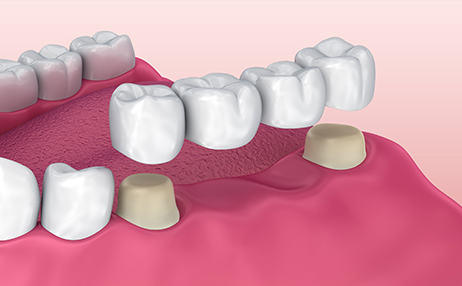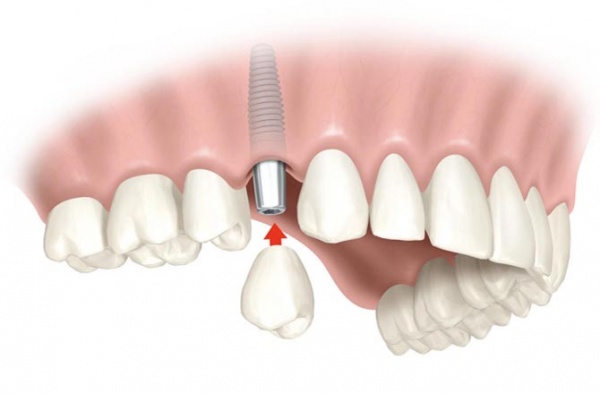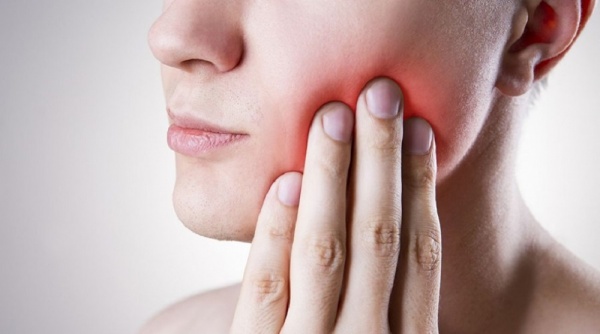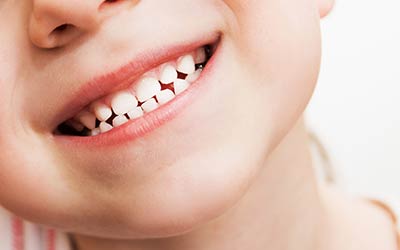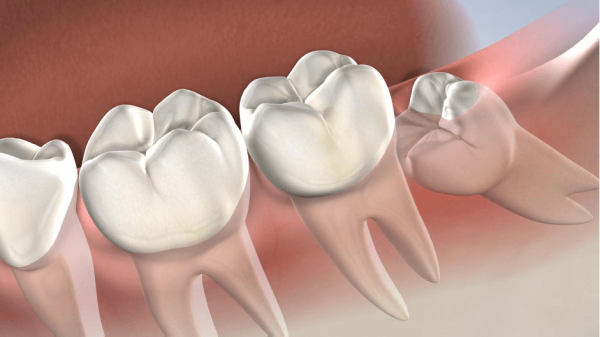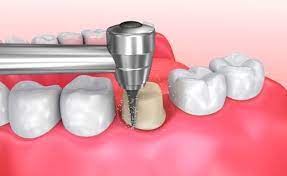Until 20 years ago, it was difficult to restore teeth of good quality, because it was necessary to fix dentures on the few remaining units. The task was especially difficult in the case of full adentia. The only option was removable construction, which was fixed on the gums by suction cups. But it gives a lot of inconvenience: it often rubs the mucous membrane, deforms and shifts under the influence of loads, does not allow smiling, talking and eating properly, can fall out of the mouth at the most inopportune moment.
Now there is no need to endure such discomfort. Comfortable removable dentures on artificial roots have become a worthy and high-quality alternative to removable appliances.
Types of implant prosthetics
Implants are far superior to conventional dentures because they not only restore the crown of the tooth, but also its root part, and prevent bone atrophy.
There are two types of implant prosthetics:
- Removable (more often called conditionally removable). Fixing prostheses on implants removes all the disadvantages of dentures. They do not fall out of the mouth, do not require daily removal, only a few titanium rods are needed for fixation, and can be easily removed if necessary. Most often recommended for full adentia, less often for the absence of several adjacent teeth.
- Non-removable. Depending on the number of missing units, crowns or bridges are used. In adentia, the number of artificial roots (four, six, eight, ten or twelve) is determined by the bone condition and the clinical situation.
Peculiarities of conditional removable prosthetics
Unlike artificial jaws, these structures are not supported by the gums, but by titanium rods that are implanted into the bone. As a result, it is possible to ensure a firm fixation and prevent the risk of falling out of the mouth. Dentures are removed once or twice a month.
Structure of the structure
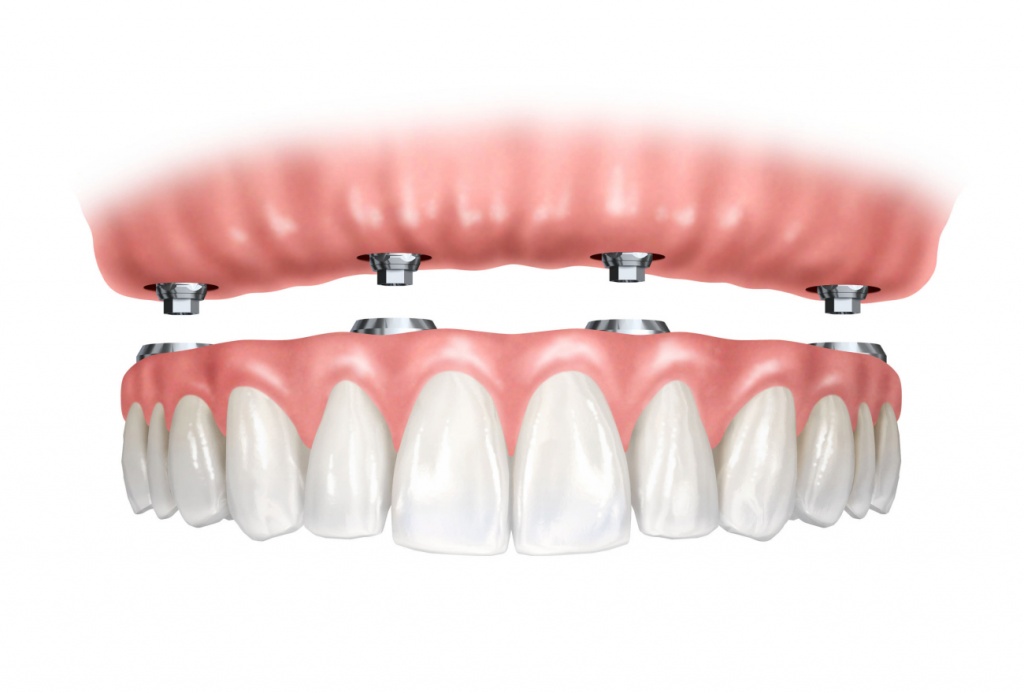
The base of a removable denture is an acrylic arch that imitates the gingiva and serves to fix the crowns. Most often the artificial teeth are made of plastic, less often zirconia, ceramics, metal-ceramic. Some appliances also contain a metal bar that gives rigidity to the framework.
Indications for use
Implant-supported removable dentures are recommended in the following cases:
- Total Adentia;
- A large number of lost units, which requires recovery in segments;
- If you have contraindications or do not accept a fixed system;
- A pronounced gag reflex;
- Bone atrophy and unwillingness of the patient to undergo osteoplasty or one-stage implantation;
- The need to save money.
Installation steps
Before inserting the pin into the gingiva, the specialist conducts preparatory activities that include diagnostic examination and sanitation.
Based on the results, the doctor determines whether there are any contraindications to the procedure, and examines the bone structure and jaw structure. If necessary, he or she can make a referral to a specialist to determine whether surgical intervention is possible.
The installation of removable systems on implants is done in two stages:
- A titanium screw is inserted into the gingiva. The classic protocol uses the flap method: the gingiva is peeled off, a bed is formed, a pin is screwed in, and sutures are applied. Mini-models are fixed without incisions, which ensures minimal invasiveness of the procedure;
- Prosthetics are performed. In two-stage implantation, prostheses are inserted only after the supports have taken root in the bone (after 3-6 months), and after 2-3 days if mini-models are used.
How to care for orthopedic systems
Hygienic care for removable implant devices is easier than for conventional removable dentures. They are not removed daily, but only once a month. They are cleaned twice a day. Clean not only the artificial teeth, but also the acrylic base. Particular attention is paid to areas adjacent to mucous membranes, and interdental spaces. It is best to use an irrigator, which, unlike a brush, effectively removes dental plaque from hard-to-reach places. After eating, rinse your mouth with special products.

